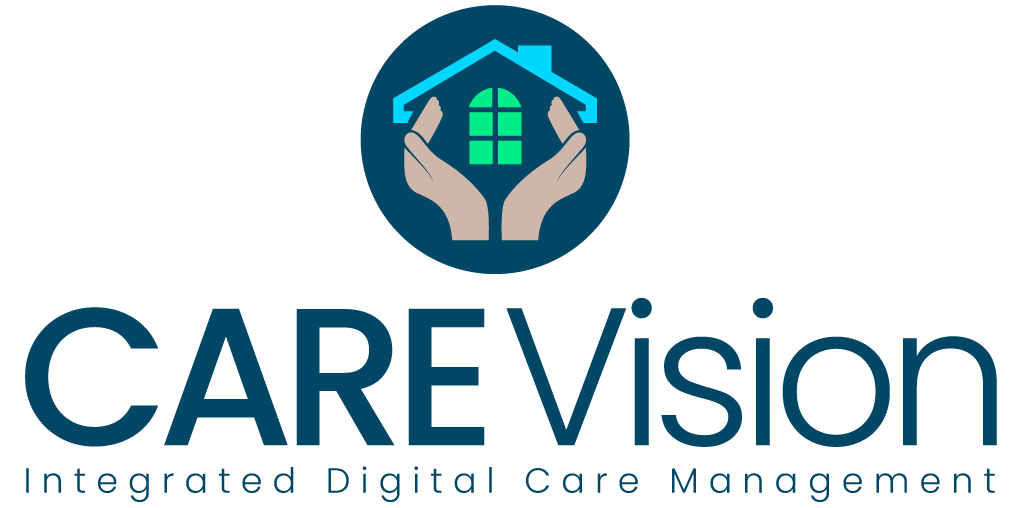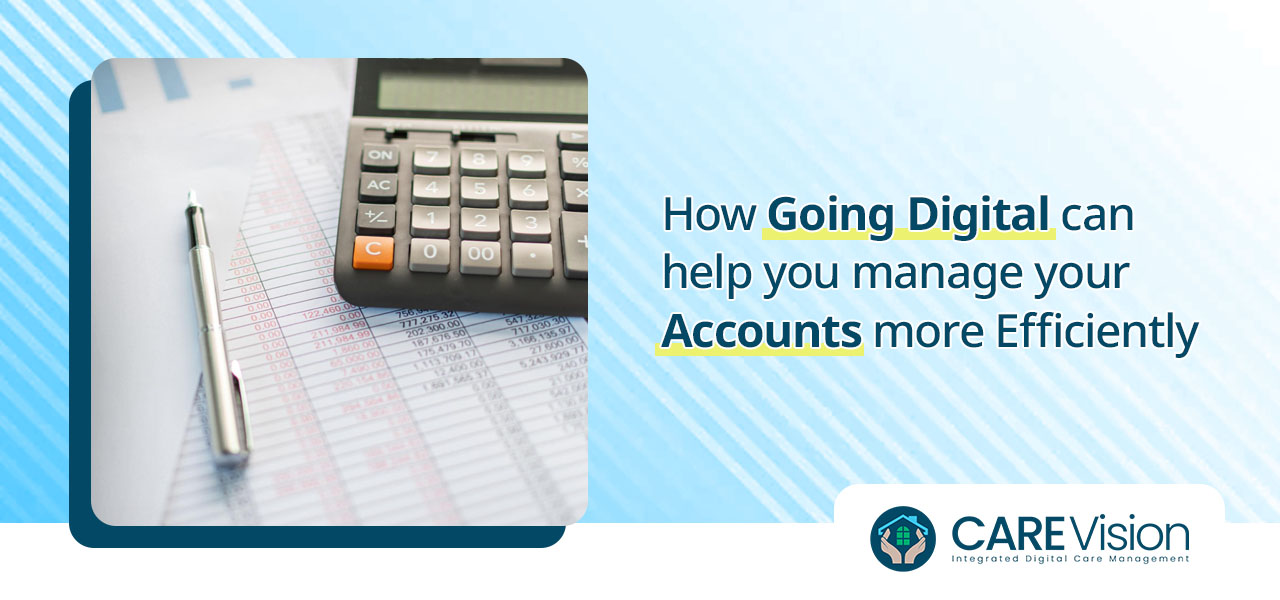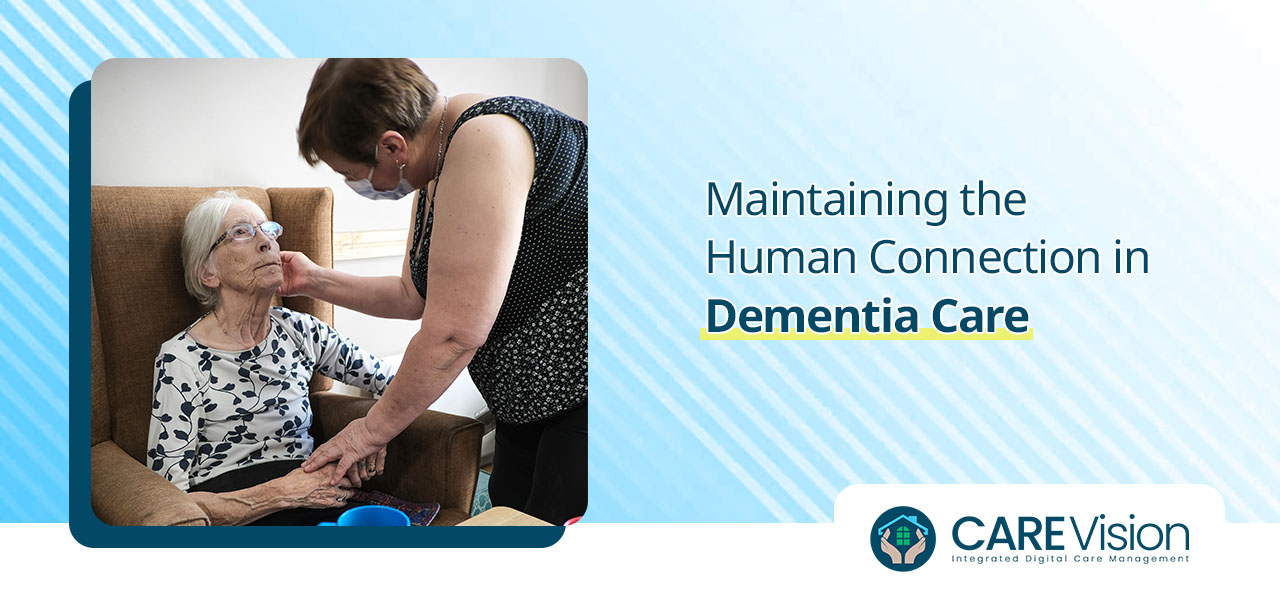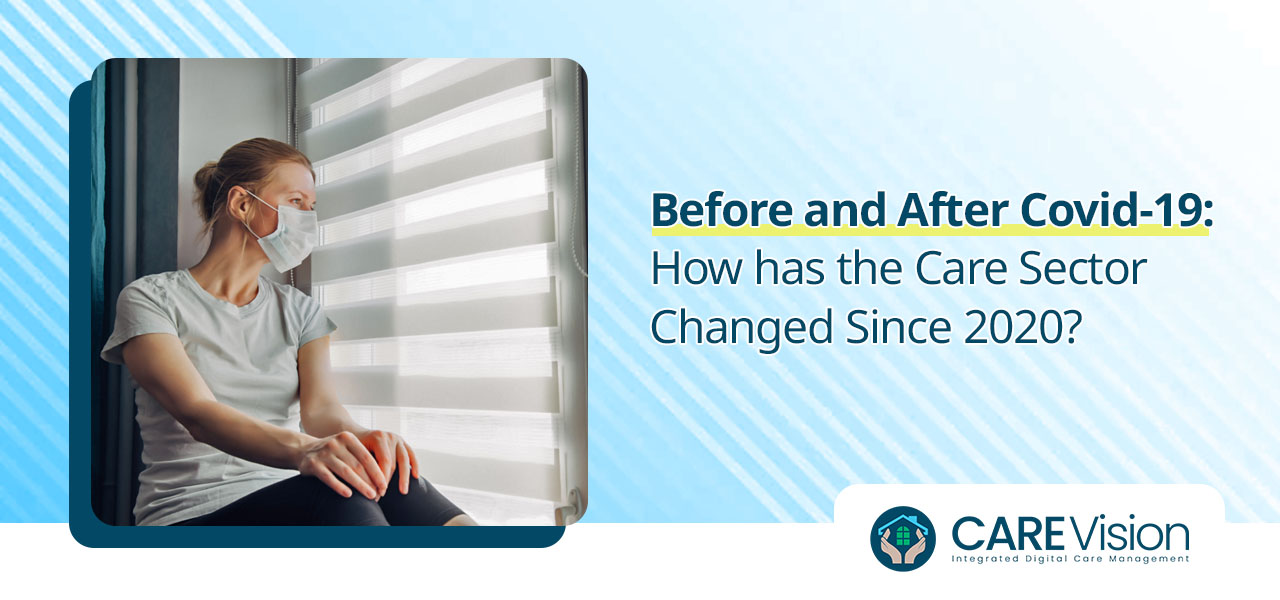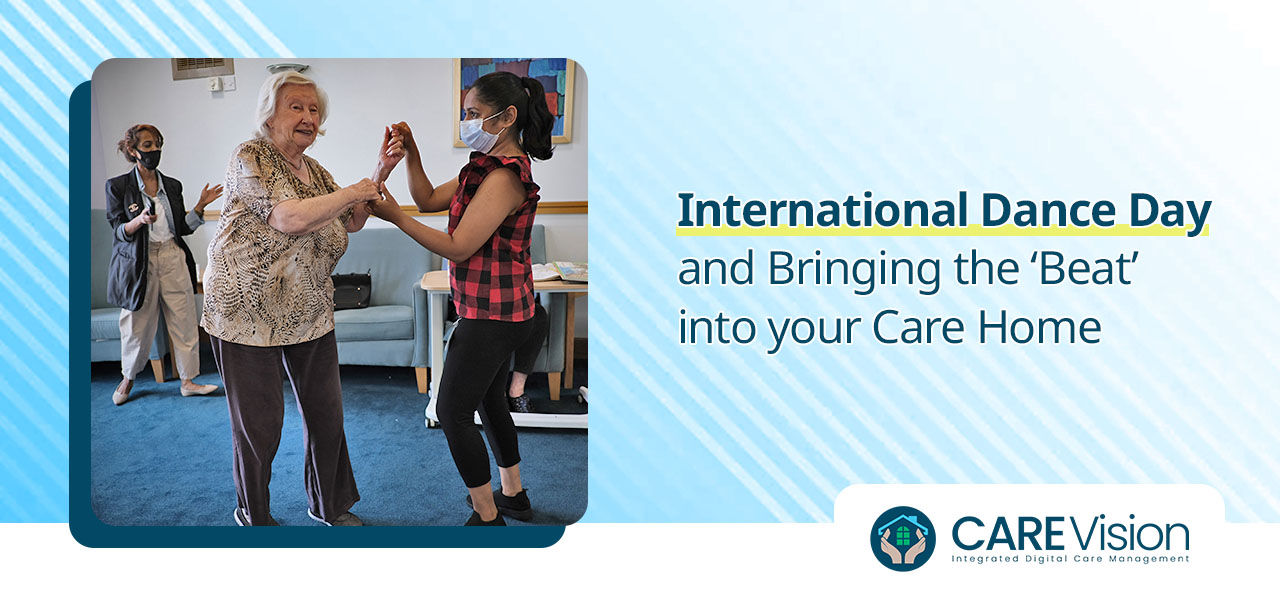On 29 April, the dance world celebrates International Dance Day on the birthday of Jean-Georges Noverre, born 1727 and considered the father of modern ballet. Dance brings joy to so many people from different walks of life, cultures and ages. As we grow older, or need more support with the physical side of life, staying as active as we can is very important to safeguard our health for longer. For many, dance can be a very effective way of staying fit without having to take part in anything too strenuous. It is also great fun, and a hugely creative pastime to follow.
The benefits of dance in older age
So many organisations are recognising the benefits of dance for adults and older people. It is no longer the sole preserve of children in church hall ballet classes, or lithe and energetic performers taking London’s West End by storm. Aside from the overall pleasure of moving the body to music, dance brings many more benefits to older people and those living with various health conditions. It can offer pain relief through muscle strengthening and the release of endorphins. Having to remember steps and sequences can help protect the brain against memory loss and lack of mental stimulation.
Dance classes also bring social opportunities and boost people’s moods. It need not be about mastering the technique perfectly. Simply trying something new, enjoying the experience and having an excuse to get up and move around can all bring the same levels of satisfaction and benefits to mental and physical health. Regular cardiovascular exercise, teamed with improving balance and working on co-ordination are all highly positive ‘side-effects’ of becoming a dancer – at any age, and at any level of proficiency.
Similar types of physical exercise
Dance is a simple activity to set up in a care facility or residential home. All you need is some space, some music and an instructor to demonstrate the steps. However, it is not the only way that care home managers can introduce some creative physical exercise into the daily or weekly routine. Dance-style exercise styles, such as Zumba, dancercise, Bollywood or even aerobics can all integrate fun steps with heart-pumping exercise for a fun and healthy way to work out. Switching on some music with a lively pulse can even help keep people’s heart rates up on its own as the body reacts to the music and beat.
Inviting a dance instructor or aerobics leader into your care home regularly can help older people and vulnerable residents enjoy a lively, fun exercise session without having to leave the safety of their home. People who don’t wish to join in can still enjoy listening to the music and watching the class – you could even arrange for special performances for those who take part to demonstrate what they have learned.
Better health for longer
Carefully planned and executed dance sessions can help people see an improvement to their health over the longer term, as well as feeling good on the day. Alongside improved cardiovascular strength and balance, regular dancing and similar physical exercise can achieve a lot more over a prolonged period of time. For example, people can find that their gait (walking speed) increases, along with the amount of time they can spend on their feet before having to sit down for a rest. Joint health can also improve, along with muscle strength, memory and weight management.
Using monitoring tools, such as those found within the Care Vision software can help dance teachers, carers and participants track progress. For example, weight monitoring can help people seeking to lose weight through increased physical exercise check that this is working. Emotion and behaviour tracking can keep tabs on whether a joyful, endorphin inducing activity like dance is having an effect on mood and mental wellbeing.
If someone is having regular physiotherapy sessions, either after surgery or for a long-term condition, this too can be affected by introducing dance into their life. Combined with prescribed physiotherapy exercises, people can often find that their flexibility improves a lot after learning and practising a few dance steps. You don’t have to be able to jump and turn like Nureyev to benefit. Any improvement to health and wellbeing that can be monitored and built upon will help increase a person’s quality of life. Now, that really is something to make a song and dance about…
